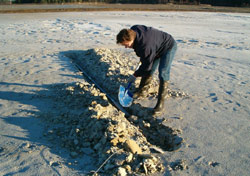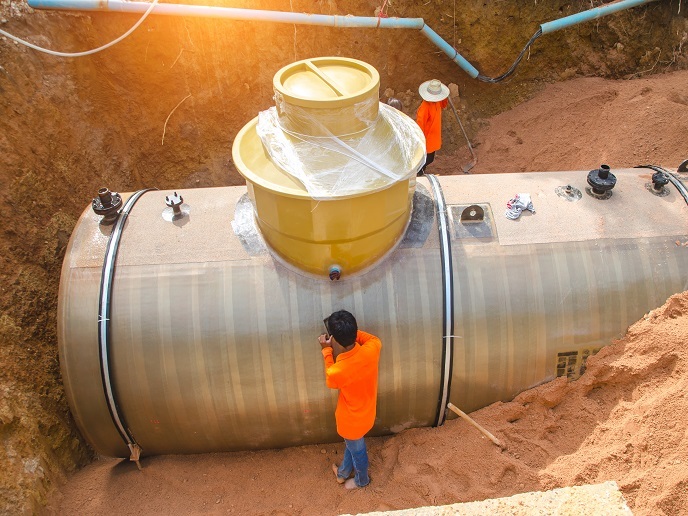Non-destructive tool for environmental analysis
The project's main result is the pulse neutron detector tool (PNDT), which is capable of detecting fast and thermal neutrons, as well as photons of gamma radiation, to give a quantitative analysis of soils, rocks and water. It maybe used for data logging and as a monitoring tool. Typical applications of the NuPulse device include environmental monitoring and assessment, as well as hydrocarbon and mineral exploration and processing. Further potential applications for the device extend beyond the remit of this project and include studies in material science and the detection of explosives and narcotics. Typical end-users of the tool are small to medium sized enterprises (SMEs) working in the environmental or mineral/hydrocarbon exploration and mining sectors. These companies either use the device for their own activities, or offer services based on the use of the tool to other companies, communities or organisations. A major innovation is that the same tool can be used to study both fast and thermal neutrons, and gamma-rays. The tool can measure soil, rock and water samples both on the surface and in drill holes. It is also able to detect elements and compounds using a real time measurement display. An on-site display of results, automatic operation and data transmission will make the PNDT tool a very attractive alternative to many individual single purpose devices. The work of the project will be written up in peer reviewed publications. This will help increase awareness among the scientific community of the technology and methods developed by the project, further enhancing their development. It is also necessary for gaining general acceptance of the technology, since many organisations require scientific proof of its applications before accepting new technology and methods within their sphere of activities.







